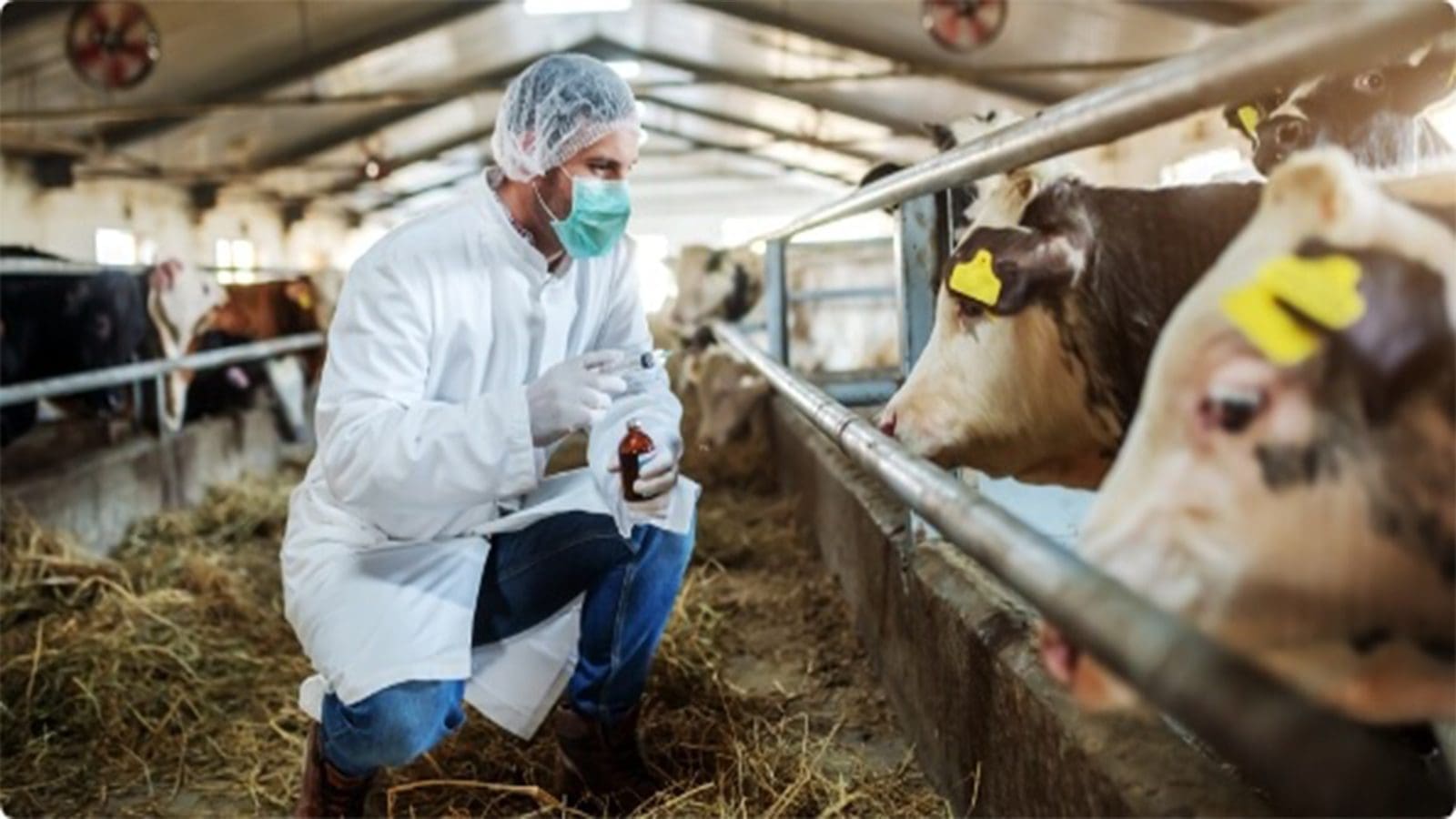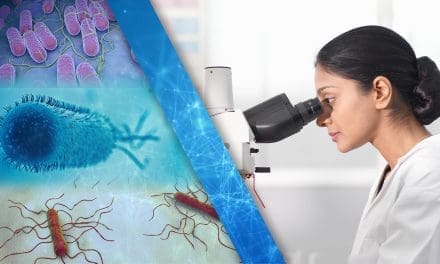U.S – The Animal and Plant Health Inspection Service (APHIS) of the United States Department of Agriculture (USDA) is recommending amending the rules governing animal disease traceability and requiring electronic identification for the interstate movement of specific cattle and bison.
Rapid disease diagnosis, containment, and eradication are essential for safeguarding the welfare of American livestock, the producers’ livelihoods, and the American economy in the event of an animal disease outbreak.
According to APHIS, USDA will be able to do that under the proposed rule.
The modification will allow official USDA tags to be readable both visually and electronically.
Additionally, in order to improve the country’s capacity to react swiftly to large animal disease outbreaks, APHIS is recommending that recordkeeping rules be revised and clarified.
Major animal disease outbreaks have an adverse effect on ranchers, farmers, and everyone else involved in the food supply chain. They also put food security at risk and make it more difficult to export the high-quality foods produced in the United States.
The Animal and Plant Health Inspection Service (APHIS) of the United States Department of Agriculture is recommending amending the rules governing animal disease traceability and requiring electronic identification for the interstate movement of specific cattle and bison.
In the event of a disease epidemic, rapid traceability could assist farmers and ranchers in returning to normal operations more quickly, reducing the amount of time farms must be quarantined, and preventing the sickening of additional animals.
APHIS has opened the platform for public comments to be received by March 22, 2023.
In order to ensure a faster response when animal disease occurrences occur, APHIS states that animal disease traceability, or knowing where sick and at-risk animals are, where they’ve been, and when, is crucial.
The USDA is dedicated to putting into place a cutting-edge system that records animals from birth to slaughter using reasonably priced technology that enables speedy tracing of ill and exposed animals to prevent disease.
APHIS asserts that after considerable consultation with stakeholders, electronic identification and records for the movement of livestock were identified as important objectives for preserving animal health.
To maintain transparency and maximize public involvement in the process, APHIS opted to pursue these amendments through a notice and comment rulemaking procedure.
The U.S. Cattlemen’s Association (USCA) stated in a statement that the adjustments in this proposal won’t affect nearly 89 percent of the nation’s herd of about 100 million cattle and bison.
According to the USCA, the modification will only be applicable to a few groups of cattle that are traveling across state borders and meeting specified criteria.
The cattle must be 18 months or older; sexually active; exclusively female; male dairy animals born after March 11, 2013; cattle and bison of any age used for rodeo or recreational events; and cattle and bison of any age used for shows or exhibitions.
The USDA will not standardize the use of a single frequency tag for the time being, choosing to remain technology-neutral.
According to USCA, its members are aware of the significance of developing an animal disease traceability system that doesn’t burden farmers, works well for disease tracebacks, and protects individual privacy.
Regarding the proposed rule requiring official ear tags to be visually and electronically readable for official usage during interstate movement of specific cattle and bison, it has not yet finalized its policy position and opinions.
For all the latest food safety news from Africa and the World, subscribe to our NEWSLETTER, follow us on Twitter and LinkedIn, like us on Facebook and subscribe to our YouTube channel.








